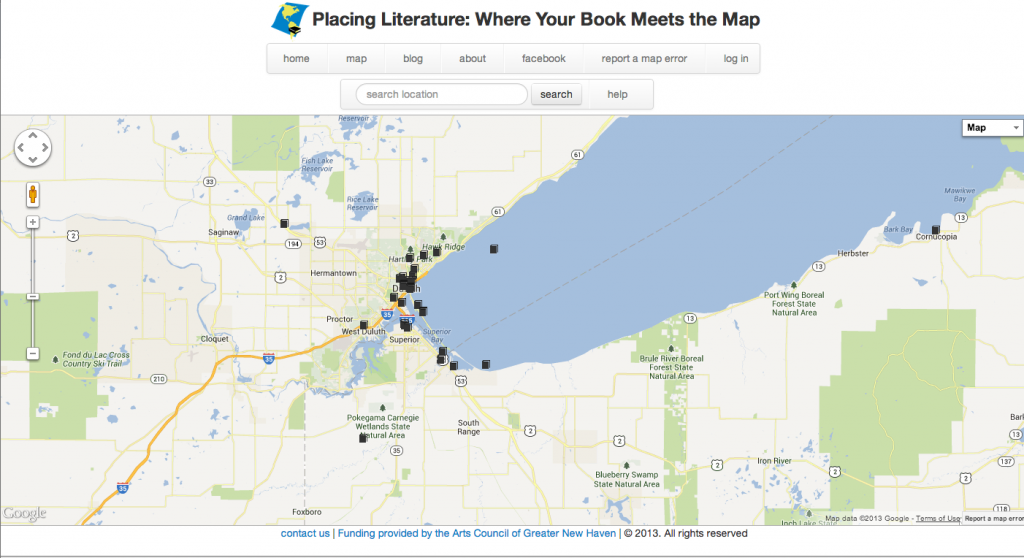This post is written by Katie Williams of Placing Literature, an project connecting literature and geography and an ally in the effort to connect stories to place--many of which take place on the Great Lakes.
Hello Great Lakes Commons, Meet Placing Literature.
Placing Literature started as a project of Reintegrate New Haven, an effort that brought together artists and scientists to explore the many ways that art and science intersect and can inform each other. We brought together literature and geography.
Placing Literature
Placing Literature is a mapping application where readers can plot the places where the scenes in some of their favorite books are located. What does that mean? Anyone with a Google-login can go to PlacingLiterature.com and plot a place on the map.
The idea of Placing Literature is based on place-based education, or experiential learning in place. There are two important ideas - one is that people learn through experience and that meaningful learning is connected to a place. Experiential learning works by taking ideas, making them real through concrete experience, and then connecting theory and experience through reflection and experimentation. We’ve created a tool to facilitate this process, people can read literature, connect the story to a place and write about it by placing it on the map. The place is important because the experience connects people to the place, and the place then has meaning.
In other words, this kind of learning is meant to build connections between people and places. A place becomes a place (as opposed to a location, or a dot on a map) when it has meaning, or the space that has emotion attached to it.
Our goal at Placing Literature is to explore place through literature and strengthen communities through shared experience. We want to enhance people’s long-term appreciation for their neighborhoods and cities, but also their lakes and rivers. We want people to not only experience their own cities and towns, but also have the ability to describe and share them.
This is especially important for the Great Lakes, because the region is home to many great writers who love the Lakes and share stories about them. Take Danielle Sosin’s The Long-Shining Waters. Sosin weaves a tale of three women who live around Lake Superior at different times. Each woman’s connection to the Big Lake is profound and deeply experienced. When reading The Long-Shining Waters, you are connected to Lake Superior and you feel how it changes over time and how people learn to live in her mighty shadow.
We hope to start a conversation about literature and community. We would like to know what are your favorite Great Lakes books? Why? We have lots of ideas of how a Great Lakes read could start conversations and begin to build communities built on sharing stories.
We look forward to starting these conversations with you.
Head over to Placing Literature to explore the map or add your own content.

